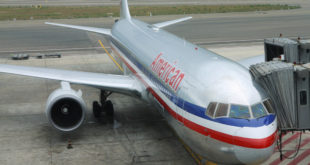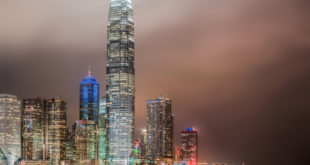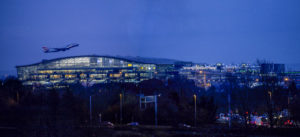The answer, sadly, is yes.
We just had a case of this with British Airways on a Heathrow to Tokyo flight.
Passengers on a British Airways flight to Tokyo were forced to suffer a 6,000-mile ‘flight to nowhere’ after the plane they were on returned to Heathrow 12 hours after it left.
The aircraft was flying over northern Siberia, around half way to its final destination, when a ‘minor technical issue’ meant the plane had to return to its departure point.
Flight BA7 left London at noon on Thursday, with customers expecting to arrive in Tokyo’s Narita Airport after an 11-hour journey. Instead, passengers found themselves back where they set off at midnight.
The original plan was to divert to Helsinki, but they ultimately decided to fly back to their originating airport.
I spoke to a retired 777 pilot about this. Â He said that while a lot of 777s fly to Tokyo, most likely, this specific issue could not be repair at that airport.
He believes that British Airways turned the plane around (rather than divert or spend those 6 hours going to Tokyo) to prevent the plane from being stranded at its destination.
Since the issue in flight wasn’t an emergency, he guesses it still is one that would prevent the craft from taking off. Â So they would need a specific repair. Â And Heathrow was probably the best place to get that.
Unfortunately, this led to passengers being inconvenienced and British Airways having to pay out a lot of compensation, but that’s probably much less than putting a plane out of service by stranding it somewhere they can’t repair it.
This is the sort of thing that is difficult to explain to (upset) affected passengers. Â And certainly news crews (from the coverage) don’t consider this angle when reporting. Â But once this former pilot explained that to me, it all made sense.
 Le Chic Geek
Le Chic Geek




